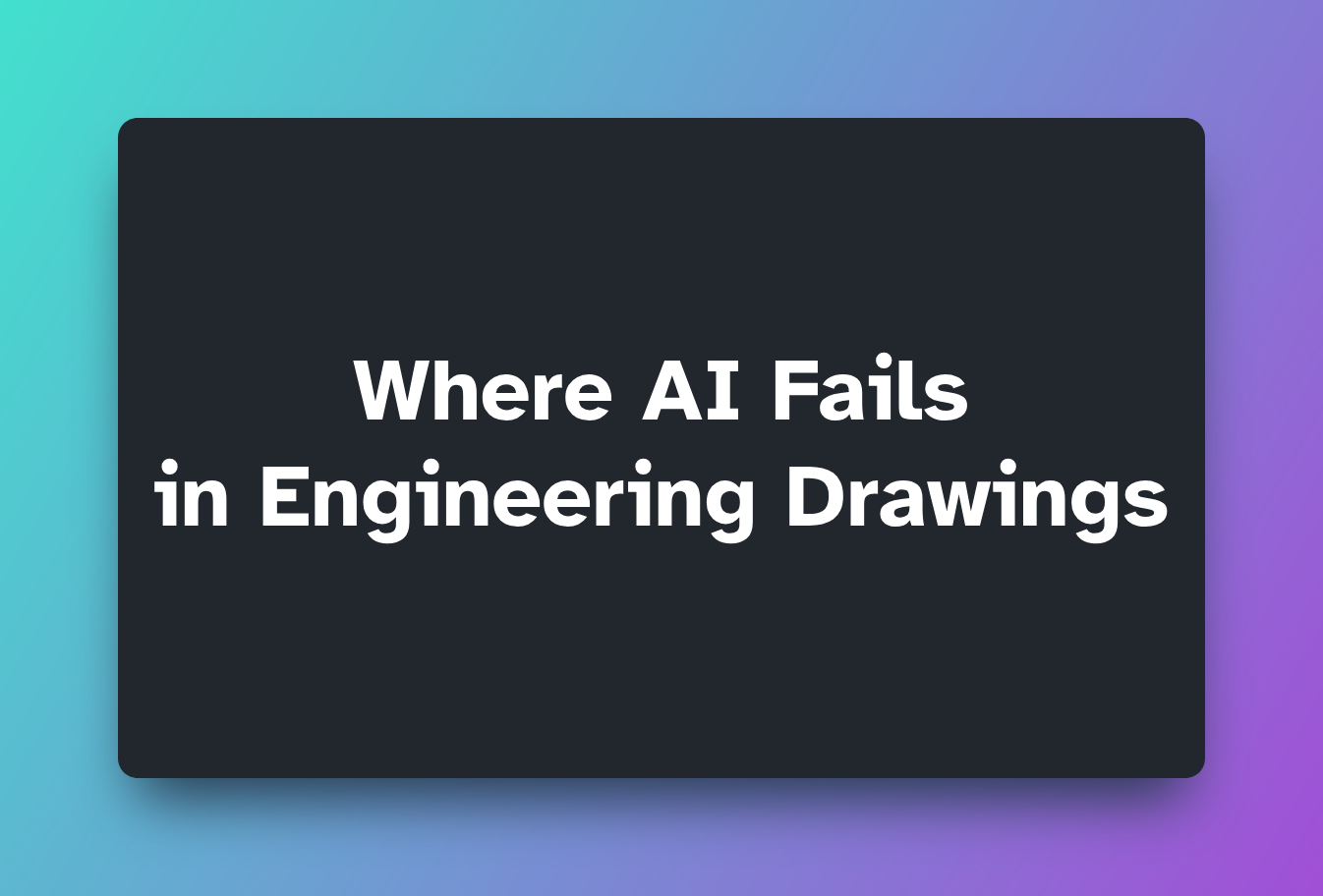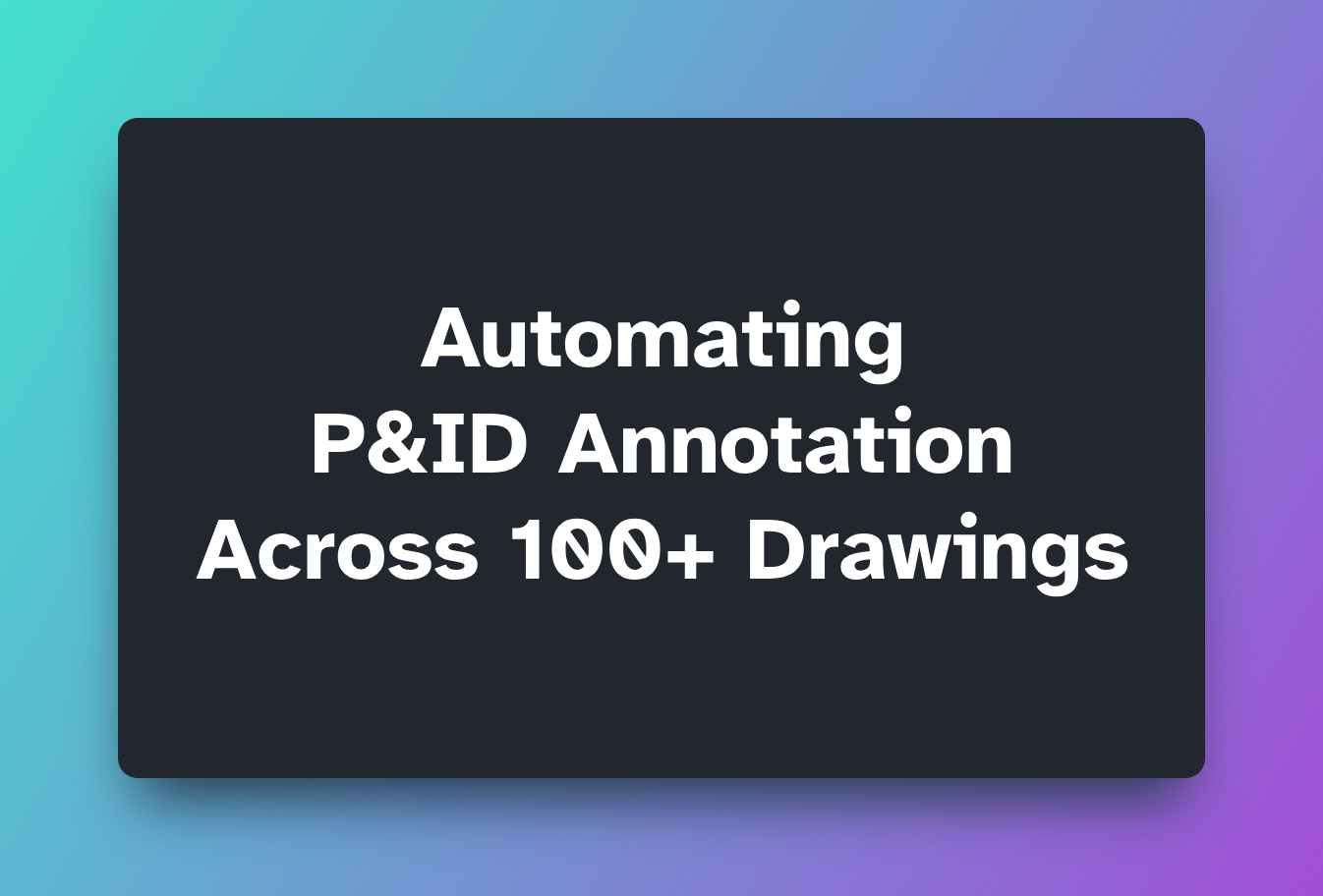Building engineering software with expertise
What We Offer
Desktop Applications (Windows & macOS)
We build fast, intuitive desktop apps that help engineers annotate P&IDs, extract MTOs, and build 3D models with minimal effort — all offline.
Console Applications
Lightweight, scriptable CLI tools for high-volume P&ID processing on internal servers — ideal for automation and local deployment.
Custom AI Models
Tailored models for detecting valves, instruments, and symbols unique to your project or symbology set.
Custom Software Development
We create specialized tools that match recurring layouts, blocks, and templates across P&IDs, saving hours of manual work.
OpenAI Integration
For advanced reasoning and symbol-tag correction, we integrate OpenAI securely — optionally run through your own endpoint.
Third-Party Software Integration
We export and integrate with industry-standard tools for downstream use — from digital twins to SmartPlant P&ID.
Featured Blog
AI has come a long way in interpreting engineering drawings — detecting symbols, reading tag numbers, and even suggesting relationships between elements. But despite its progress, AI is not infallible, especially when it comes to complex, unstructured documents like P&IDs. Read More

Featured Case Study
The client, a mid-sized EPC firm, was tasked with reviewing and annotating over 100 vendor-supplied P&IDs as part of a fast-track project. These drawings contained a wide range of instrument tags, inline elements, and piping arrangements — but arrived in scanned PDF format with no editable metadata. Read More

FAQ
Answers to common questions about our tools and approach.
Do your tools run locally or on the cloud?
All our tools are local-first by design. You can run them entirely offline on Windows or macOS — ideal for secure environments with strict IT or client data policies.
Can I use your tools with vendor supplied P&IDs in PDF format?
Yes. Our tools are optimized for scanned and vector PDFs. We handle OCR, symbol detection, and layout analysis to extract structure from even low-quality vendor drawings.
How accurate is your automated annotation?
Typical accuracy is 85–95% before review, depending on symbol clarity and tag formats. Most of our tools include a human validation layer for 100% reviewable, auditable results.
What if our symbols or tag formats are different?
No problem — we offer project-specific template matching and custom AI models tailored to your symbology, tag patterns, and line styles.
Can your tools integrate with SmartPlant, COMOS, or other P&ID software?
Yes. We support structured exports in DEXPI, DXF, CSV, and custom formats, making it easy to integrate with tools like SmartPlant P&ID, COMOS, or internal systems.
How long does it take to get started?
Most clients are up and running within a day. Our desktop and console apps require no internet connection, no cloud account, and minimal setup.